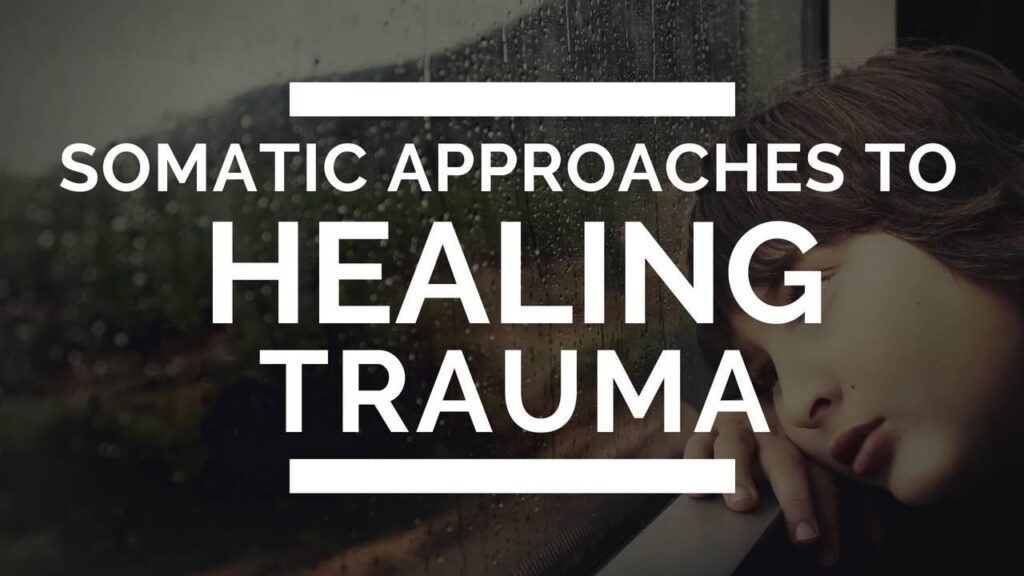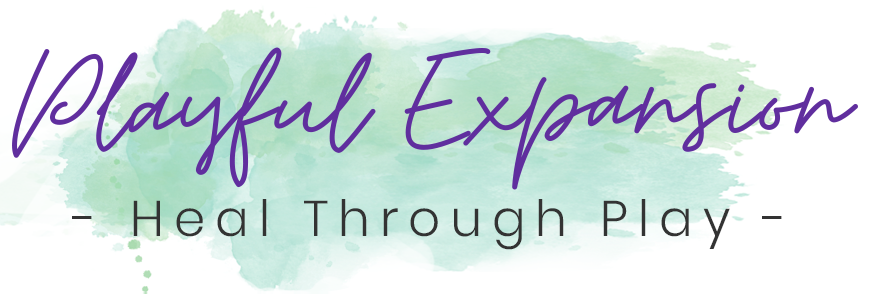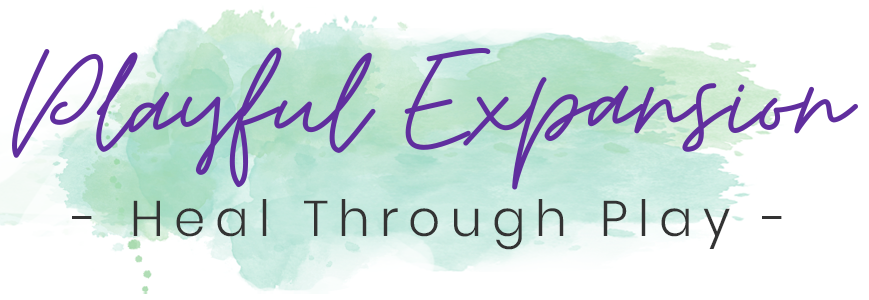- What is It?
- How Does it Get Stuck on Our Bodies?
- What Can We Do About It?
Click here for Blog 1 and here for Blog 2

In these three blog posts, I share my understanding of trauma, its impact on the body, and ways we can release it. I’m not a therapist by any means but I’ve done my fair share of personal research and healing with professionals of all styles so my intention is that these insights:
- Help to shed light on what trauma is
- Highlight the profound ways trauma can affect us
- Help release ourselves from it’s grip
In my first blog I explained what trauma is and how it can happen.
In the second one we explored how and why trauma can show up in our bodies and impact out lives.
Now, in my final blog of this series, I’ll talk about what we can DO about releasing and healing from trauma so that we don’t stay stuck.
Healing from Trauma – How Can We Do It?
Trauma is a complex response to distressing events that, as we learned in previous posts, can get stuck in the body, impacting physical, mental, spiritual, and emotional health.
By understanding the difference between big ’T’ and little ’T’ trauma and acknowledging the body’s role in storing trauma, we can better appreciate the need for holistic, body-based approaches to healing. If it’s stuck in the body, we need to help the body to release it!
But when we say “body-based” approaches, what do we mean by that?
“Body-based” approaches to trauma release refer to therapeutic practices that focus on the physical sensations and responses stored in the body as a result of traumatic experiences.
Unlike traditional talk therapy, which emphasizes verbal and therefore mental processing, body-based approaches recognize that trauma is often held in the body, affecting muscle tension, posture, and even the nervous system.
With traditional therapy, the risk is that by talking about the event or the memories we can re-trigger emotions but without presencing or engaging the body, those E-MOTIONS don’t necessarily have a way to be processed and released.
By directly working with the body, the approaches below aim to release the trapped energy or stress associated with trauma, helping people heal more holistically.

Dr. Bessel van der Kolk(1), author of The Body Keeps the Score and a leading expert on trauma, explains that trauma often bypasses the brain’s cognitive processing centres, becoming “trapped” in the body. He emphasizes that healing can occur when we work with both the mind and body, acknowledging that our physical sensations are key to processing and overcoming traumatic experiences.
Here are a few widely used body-based techniques:
1. Somatic Experiencing (SE):
Developed by Dr. Peter Levine(2), this method focuses on helping individuals release trauma through physical sensations rather than revisiting the traumatic event itself. The idea is to access and release the energy stored in the body from past traumatic events in a gradual and controlled way. SE works by guiding people to notice bodily sensations like tension or tightness, which are often tied to past trauma. As they release this tension, they often experience a sense of relief and emotional resolution.
2. Yoga and Trauma-Sensitive Yoga (TSY):
Trauma-sensitive yoga has gained traction as a powerful way to help trauma survivors reconnect with their bodies in a safe, mindful way. This practice emphasizes gentle, mindful movement and breath-work to help calm the nervous system and restore a sense of control over one’s body. Studies have shown(5) that TSY can improve emotional regulation and reduce PTSD symptoms. According to van der Kolk, yoga is particularly effective for trauma because it helps increase body awareness while providing a safe environment to release stored tension.
3. Tension & Trauma Releasing Exercises (TRE): This is another one of the practices I have used with great results! Developed by Dr. David Berceli(3), TRE involves a series of simple physical exercises that trigger the body’s natural shaking response. Berceli discovered that animals instinctively shake after a traumatic event to release tension, while humans often suppress this natural response. By allowing the body to shake or tremor, TRE aims to release deep muscle tension and reset the nervous system without having to re-live the traumatic experience as in traditional talk therapy. Many people (including me!) find that this helps them feel more grounded and relaxed after practicing TRE regularly.
4. Emotional Freedom Technique (EFT): Also known as “tapping,” EFT combines elements of traditional Chinese acupuncture with modern psychology. It involves tapping on specific meridian points on the body while verbally addressing emotional pain or traumatic memories. The idea behind EFT is that trauma creates disruptions in the body’s energy system, and tapping helps restore the balance by calming the nervous system and reducing stress. According to practitioners like Gary Craig(4), who popularized the method, EFT works by “rewiring” the brain’s response to trauma, helping people process difficult emotions more easily. Studies have shown that EFT can be particularly effective for reducing anxiety, depression, and PTSD symptoms. Its accessibility and simplicity make it a popular tool for self-care as well. Click here to read one of my blogs about EFT.
I’m a huge fan of EFT (tapping) and this technique has bee invaluable from healing unhealthy financial patterns to gaining self-confidence and more into the point, releasing trauma I didn’t even know I had.

Here’s another example of a time I realized I had trapped emotions and how I used EFT to help my body to release and heal.
I was rock climbing with a friend one day and near the end of our day we tried a moderate route. It wasn’t a difficult pitch for me and I was confident I could reach the top without trouble however, about halfway up, I reached a tricky move that had me stumped.
Normally, I would have yelled, “Take”, and my partner would’ve taken up the slack and held me while I figured out how to proceed. For some reason, I didn’t say anything and I just kept trying different moves. The longer I stayed though, the more stuck I felt; and the more stuck I felt, the more fearful and panicked I became until I was crying.
My partner suggested I come down and we call it quits for the day. While he climbed up to clean the gear at the top, I sat on a rock below and started tapping. I acknowledged my feelings of fear and of being out of control. I asked my body what it needed me to hear, where was this out-of-proportion emotion coming from?
All of a sudden, a memory surfaced of when I was about 6 or 7 years old at the dentist office. I had an abscessed tooth and they were putting me under for surgery to take care of it. My mom was there with me but as the nurse and the dentist put the gas mask over my nose and mouth I felt so scared about what would happen when I was asleep. I was so angry that they were going to do something to me while I felt totally helpless.
SO, I tapped and I cried and I spoke my feelings out loud, acknowledging and releasing these very old feelings of helplessness, anger, and fear. About 15min later, by the time my climbing partner came down and we packed up, I felt so much lighter; I knew I had shifted a very old block and that it would never bother me at such a high level again.
These powerful body-based approaches recognize that trauma affects both mind and body, and each technique works to help release tension or energy that gets stored in the body after traumatic experiences.
By integrating these practices into trauma recovery, we can experience a more comprehensive path to healing that doesn’t just focus on the mind, but also addresses the body’s role in holding and releasing trauma. Whether through yoga, tapping, or somatic awareness, the goal is to reintegrate the mind and body, creating a more holistic path to healing.

So there you have it. I hope these blogs help you understand, acknowledge and heal some of the trauma you may be carrying; without it, we are more able to access our authentic PLAYFUL selves!
If you’re interested in hearing more about play, I encourage you to read some of my other blogs on the subject.
Andif you feel you have unresolved trauma, please don’t despair! Recognizing it is the first step toward healing.
I highly encourage anyone who thinks they have unresolved trauma, especially at the big “T” level or if it feels too much to take care of on your own, to please seek support from professionals trained specifically in trauma-informed care.
There are many support systems that can help facilitate your journey toward healing, recovery, and resilience; see below for resources.
Trauma Informed Care Resources:
Somatic Experiencing International: https://directory.traumahealing.org/
International Society for Traumatic Stress Studies: https://istss.org/portal/find-a-clinician/
EMDR International Association: https://www.emdria.org/
—
1. Van der Kolk, B. (2014). The body keeps the score: Brain, mind, and body in the healing of trauma. Penguin Books.
2. Levine, P. A. (1997). Waking the tiger: Healing trauma: The innate capacity to transform overwhelming experiences.North Atlantic Books.
3. Berceli, D. (2005). The revolutionary trauma release process: Transcend your toughest times. Namaste Publishing.
4. Craig, G. (2011). The EFT manual (2nd ed.). Energy Psychology Press.
5. Trauma-Sensitive Yoga (TSY) Study: van der Kolk, B.A., West, J., Rhodes, A., & Emerson, D. (2014). Yoga as an Adjunctive Treatment for Posttraumatic Stress Disorder: A Randomized Controlled Trial. Journal of Clinical Psychiatry, 75(6), e559-e565.
Claire Lindsay
Claire is a certified EFT master practitioner (tapping), a professional actor, adventure seeker, and an entrepreneur. She has been passionately following her own path of spiritual growth and healing since 2010. Claire founded Playful Expansion to encourage participants to break limiting beliefs and step into their own authenticity and power in a safe and fun environment.



